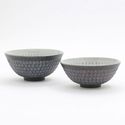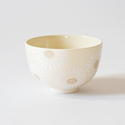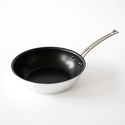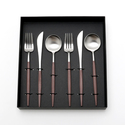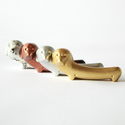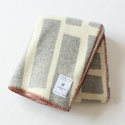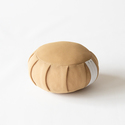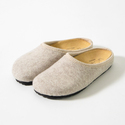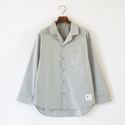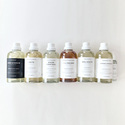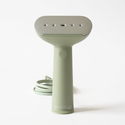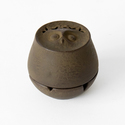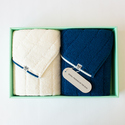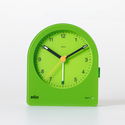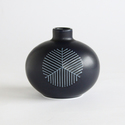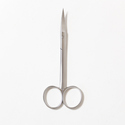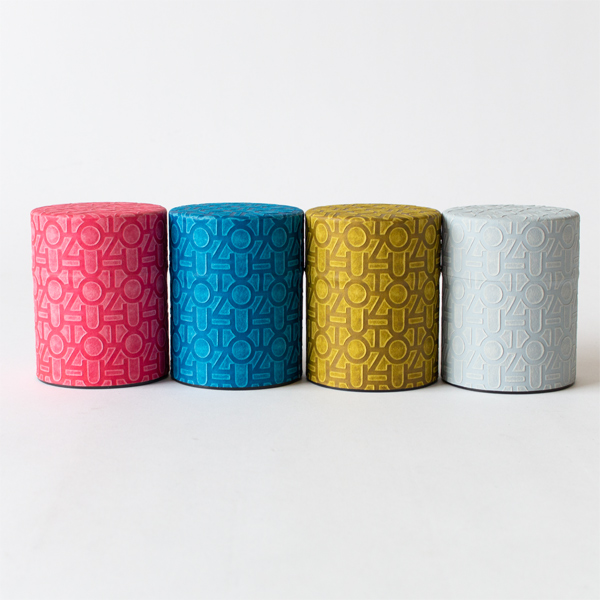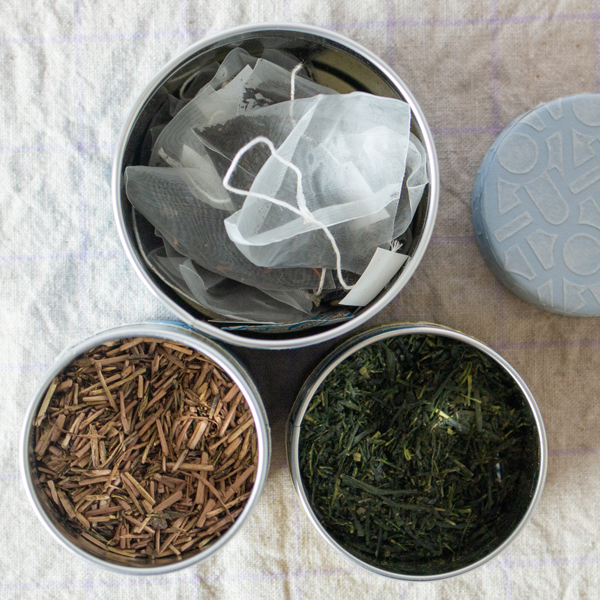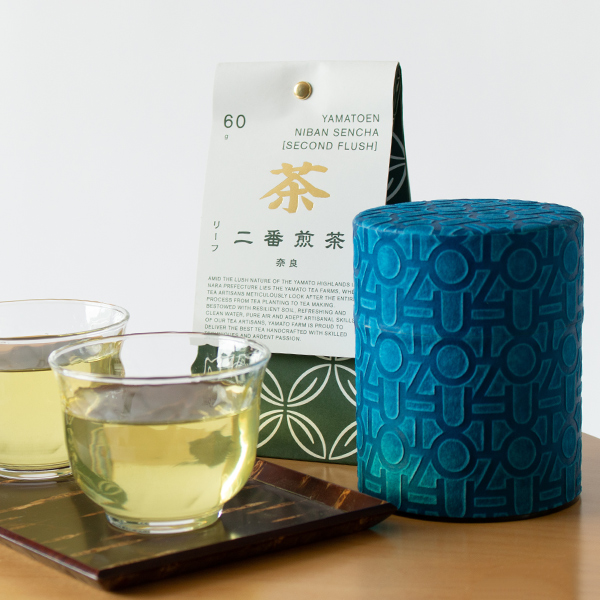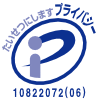- トップページ/
- ZUTTOのよみもの/
- ブランドストーリー/
- ZUTTOと山次製紙所とで作り上げ...
- ZUTTO original - Washi paper tea caddies and Japanese tea set
Japan's four seasons are beautiful. We often see and hear that. Although the four seasons exist not only in Japan but they seem to have taken root in Japan as a uniquely Japanese climate because Japan is an island nation and the changes in the seasons are clear due to the latitude.
Each season, spring, summer, fall, and winter, has its own unique decorations. Different flowers are displayed in houses, and the noren curtains that greet customers are changed at restaurants as the season go around. The 24 solar terms, such as the summer and winter solstices, show that the culture of sensing the changes of the seasons has continued since ancient times. We have created the Four Seasons Tea Caddies and Tea Sets so that you can feel these "four seasons unique to Japan" and "Japanese craftsmanship" in your daily life.
Time for Japanese tea.
ZUTTO handles a large number of products based on the selection criteria of "things you want to use for a long time." Japanese craftsmanship has long been one of the themes that we have conveyed to our customers, and we at ZUTTO wanted many people to feel the warmth of handmade products.
That is how we arrived at the Four Seasons Tea Caddy and Tea Set, which combines an original tea caddy made of Echizen Washi paper with Nara's Yamato tea.
"Would you like a cup of tea?”
We hope that this carefully crafted tea caddy and tea leave set will bring such a moment to you as well, and we would like to share the story behind the creation of this product.
Auspicious design that wishes for everlasting happiness. "ZUTTO" expressed by embossed Washi paper.

The company that made the tea caddies with us is Yamatsugi Paper Mill, established in Fukui Prefecture in 1868 that makes Echizen washi (Japanese paper). They were very accommodating and worked with us from the stage when we started talking about creating a pattern that would be unique to ZUTTO.

We explained the concept of ZUTTO and the customer in detail, and they gave us ideas based on their skills. These are the Four Seasons Tea Caddy, which was created after many rounds of back-and-forth, despite the design restrictions of using Japanese paper.
We’ve selected four colors that matches the season color.
The pink of a gorgeous spring scene, the crisp blue of the summer sea and sky, the golden yellow of gingko trees in autumn, and the grey of a quiet winter with snow falling. The tea leaves to be placed in the tea cans, each clad in different shades of spring, summer, fall, and winter, were chosen to match the season at that time.
The four colors were created not only for the convenience of being able to identify the contents by color, but also with the hope that the beautiful scenery and depictions of the four seasons in Japan would be incorporated into the tea caddies and enjoy them while having a cup of tea.
This Japanese washi paper with an uneven surface is called “Uki gami”, a technique unique to Yamatsugi Paper Mills. It has a rough texture, yet it is comfortable in the hand and beautifully expresses the shades of color. The patterns are embossed and the edges are more precise than general embossing, the three-dimensional expression is the result of this “Uki gami" technique.
Also, can you read "ZUTTO" on this pattern?
Many of the traditional Japanese auspicious patterns have the same pattern that continues uninterruptedly. We have been attracted by the meaning of this pattern, which is a wish for continued happiness and unbroken connections, and have been introducing this auspicious pattern in our wrapping papers as well.

▲The same auspicious pattern is used in our wrapping paper.
The ZUTTO brand is based on the concept of "To be used with affection and care for a long time." If we were to create an original pattern, there is no more appropriate pattern than this, so we asked for a auspicious design using the word "ZUTTO".
It took many adjustments to reach this balance in the pattern. When you try to read it, you can see that it is indeed "ZUTTO". But if you just take a glance at it, you wouldn’t notice it.
It is a significant auspicious pattern that was created with such a vague sense of balance, not to assert our brand name, but to convey our thoughts behind.
interview
To use "Echizen Washi Paper" into daily life.
It is said that Echizen Washi was born 1,500 years ago. It is a traditional craft of Fukui Prefecture and has a long history of being selected as a high quality Japanese paper, and is one of the three traditional papers of Japan along with Mino Washi of Gifu Prefecture and Tosa Washi of Kochi Prefecture. Its uses range from official paper for court nobles, samurais, temples, and shrines to Torinoko-gami used for fusuma (traditional sliding doors) and byobu (folding screens).

Yamatsugi Paper Mills is one of the most famous paper mills in Japan, producing colorfully decorated art paper. More than 150 years after its establishment in 1868, the company continues to make washi by hand, using tools that have been handed down from generation to generation.


We interviewed Mr. Yamashita, a traditional craftsman, and Mr. Taniguchi, the designer.
One of the things I always do in the morning is to change the water, which is indispensable for papermaking. I use water from a nearby well. Around here, there is a well for every family. Well water flows deep underground, so unlike tap water, the temperature is kept constant.
Yes, but the nature of the water changes with the seasons so we adjust the materials used to make washi accordingly. I also make adjustments to make it easier for each individual to make washi, and I add long fibers to the washi ingredients to bring out the best colors. Since we make paper all year round, we are very careful about the materials we use and the condition of the tools.

A tool called "Kai" used for stirring materials. This has been used for about 5 to 6 years.

The rest of the time is spent mostly making papers. We swing our arms for a long time, so our arms get a good workout.
What we take care of is to always keep a constant strength while paper making. On top of that, we sometimes adjust the way the color is placed by changing the pressure. The colors are made entirely by hand, so no two pieces of "Uki gami" of the same color are exactly alike, because of the way we make them.

Yes, it takes much longer than ordinary washi paper. One person can make 300 sheets of ordinary washi in one day, but for “Uki gami”,it is possible to make only 50 sheets in a day. It's a special technique, and it takes a long time to manufacture because we have to check for dryness and unevenness.

That's right. In addition, Echizen Washi has great many techniques compared to other production areas. For example, it is possible to make sample books with different colors using a single technique. Because it is paper, Echizen Washi was originally intended for daily use as a notebook, but I think it was Echizen Washi that started to add patterns to it.
In fact, Echizen City in Fukui Prefecture is home to Okamoto Shrine and Otaki Shrine, the only shrines in Japan where the god of paper is enshrined. There is also a legend about the origin of papermaking. Some call it the "Hometown of washi paper.”
Washi is made mainly from the bark fibers of plants such as kozo (paper mulberry), mitsumata (paper bush), and gampi. There are several ways to make washi paper, but Echizen washi is mainly handmade, and we also make our washi by hand.
There are about 1,500 tools that are considered tangible cultural property.
That's right. Because it is a traditional craft, we can't replace wooden tools with other materials, such as iron. Most of the tools are made of wood, mostly cedar. It's not as if replacing them with iron or stainless steel would be convenient; they would be too heavy to swing, and we wouldn't be able to make them the way we do now.
I think this "sukiketa" is what people often think of when they imagine washi making.


There are several sizes, and they are used according to the paper size. They are made of wood and stainless steel, and this combination is often used for making Echizen washi. We ask a craftsman to make the tools, and we use them with great care while repairing them. This one has been in use for more than 10 years.
Stainless steel is used in areas where strength is required, such as where woods are connected together, and was not used when Echizen washi was first created, but this may have changed as time went by. I also hear that copper or brass is sometimes used in other production areas.
This is called “su”, a screen made of woven bamboo.

These, too, are made of the same size and pattern as the paper ordered. We have been using for many years while repairing frayed threads and broken bamboo strips, and they can be used for a lifetime with care.
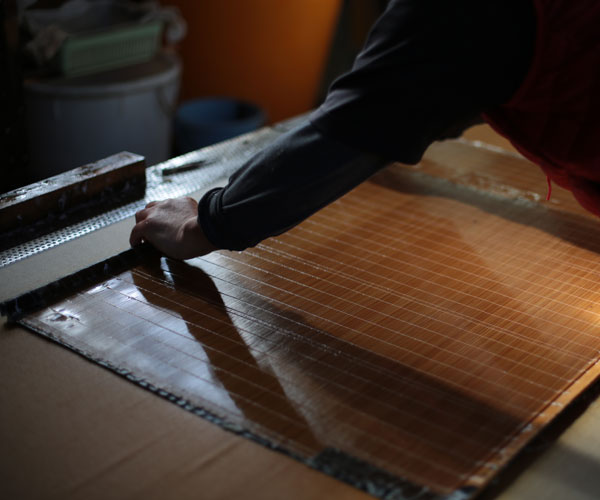

Also, this is a press machine, which is used to squeeze water out of carded paper.

The strained paper is sandwiched between a cloth and a board and slowly squeezed out of the water over this press. It is something that I have been using for so long that I don't even know how long I have been using it.
There are people who make the tools near the workshop, so when they break or when I feel something is wrong, I go to them directly for advice and have them fix it. In order to take good care of my tools, I take care to dry them thoroughly. Each tool has been used with care for a long time while being repaired in detail.

This is an "Uki gami" card case, the light green one has been used for about two years and the dark brown one for about four years. The light green one has been carried in a bag every day, so although it has been used for a shorter period of time, it has a lot of scuffs and wrinkles.

When you look at it this way, I think it is something that can only be appreciated when used on a daily basis. Perhaps it is because we are in the position of making Japanese paper, but I feel that there are difficulties using "traditional craft" and “washi paper". We are constantly thinking about how to solve this problem.
Of course, the techniques that have been handed down over the years are very valuable, but if they are not used, they will not remain. That is why I make products every day with the hope that everyone will have a piece of washi paper somewhere in their home. I would be very happy if this Four Seasons Tea Caddy could do the same. I hope to shift the focus from 'traditional craft' to 'traditional industry' and make washi more familiar to people.
・・・・・・
The interview ended with Mr. Yamashita's thoughts to the future. It was a valuable opportunity for us to rethink about traditional Japanese paper craftsmanship.
Teas, chosen for each season.
And with this Four Seasons Tea Caddy, we prepared Yamato-cha, which is said to be the origin of Japanese tea. The first sip of this tea was mild and refreshing, and was very special.
We prepared four kinds of tea. Each of them is available in leaf and teabag.
- Spring : Ichiban Sencha (First flash green tea)
- Summer : Niban Sencha (Second flash green tea)
- Fall : Japanese Black tea
- Winter : Karigane Roasted Tea
Niban sencha (Second flash green tea), that goes in Summer tea caddy, was picked in early summer, and is rich in catechin and easy to drink.
It is also recommended to enjoy it as a cold tea.
We will introduce this tea in the next magazine.
They are carefully set one by one. In fact, the box is also handmade by an Echizen box maker in Fukui Prefecture, the same prefecture where the "Uki gami" is produced.
We will also include a leaflet both in Japanese and English on how to drink the delicious tea.
Caddies can also be used for storing coffee beans.
ZUTTO's Four Seasons Tea Caddies and Tea Sets have been made by many people so that Japanese craftsmanship and unique Japanese culture can be incorporated into your daily life. We will be happy if you would use them for a long time.
▼Click here for purchase.

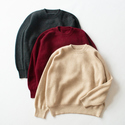
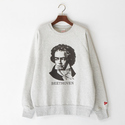

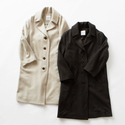
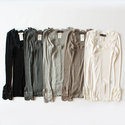
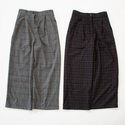
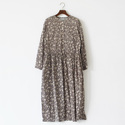


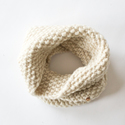

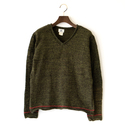

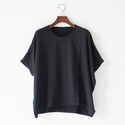
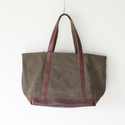
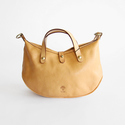
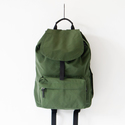
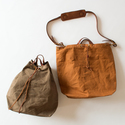

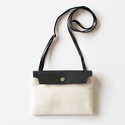
.jpg)

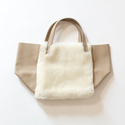
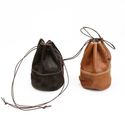
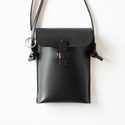
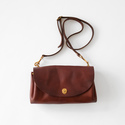
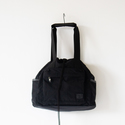
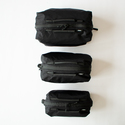

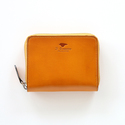
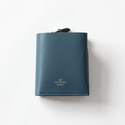
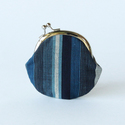
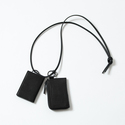
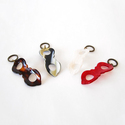

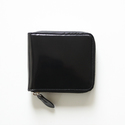
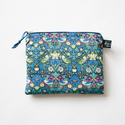

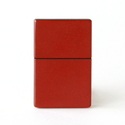
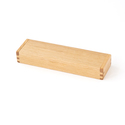
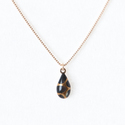

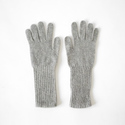
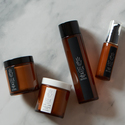
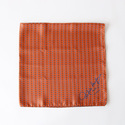
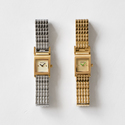
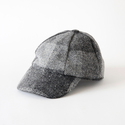
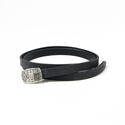

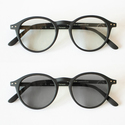


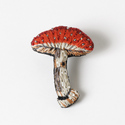
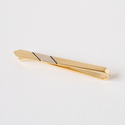



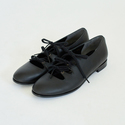
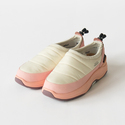
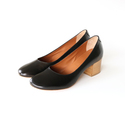


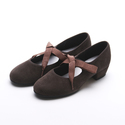
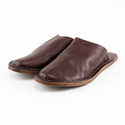

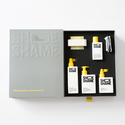

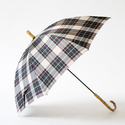
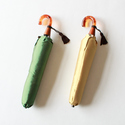
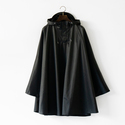
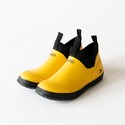

.jpg)

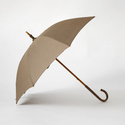
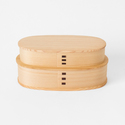
.jpg)
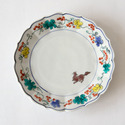
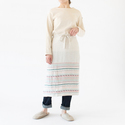
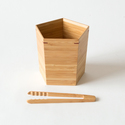
.jpg)


